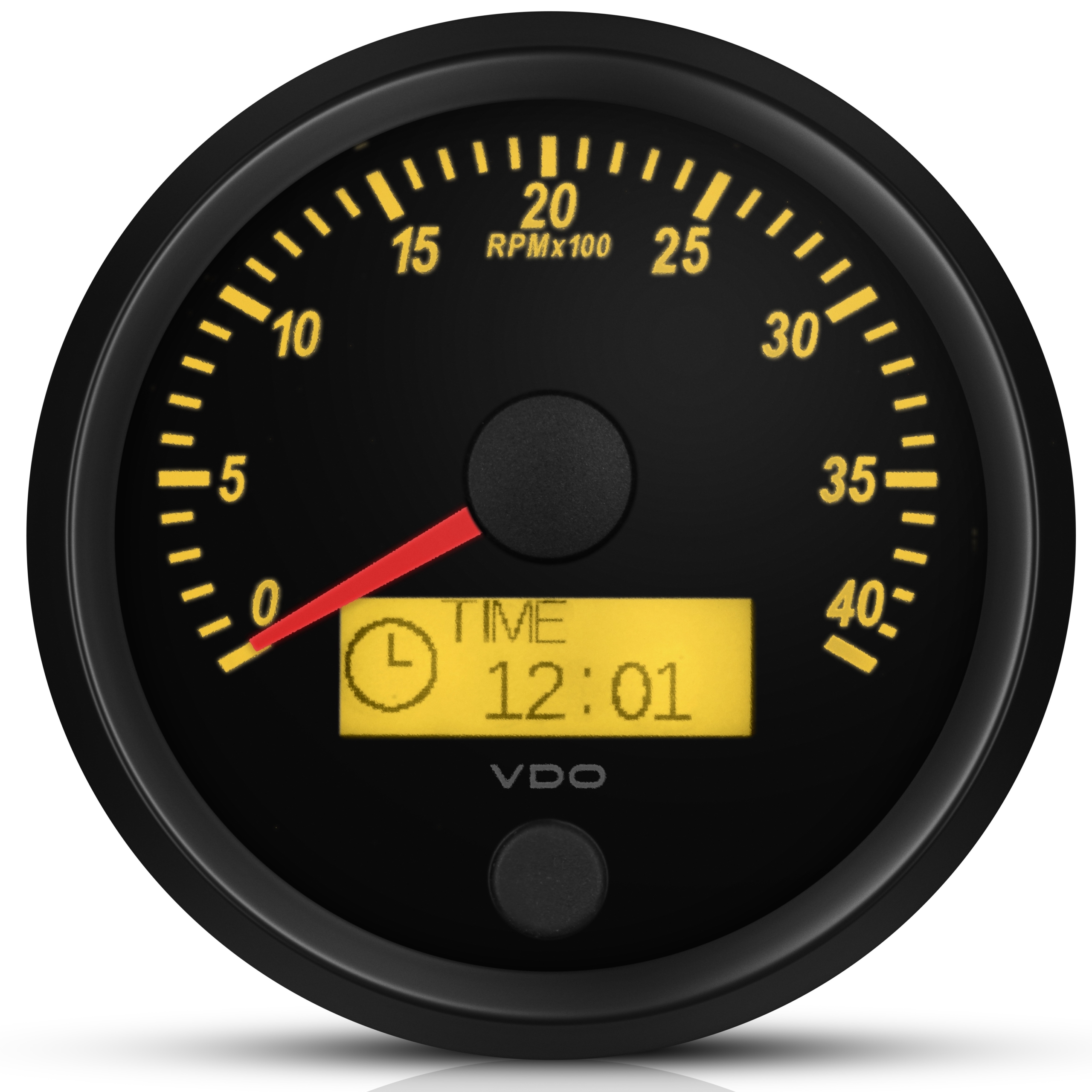Boost Your Driving Experience with a Trusted Tachometer
Boost Your Driving Experience with a Trusted Tachometer
Blog Article
Unlocking the Secrets of Tachometers: Whatever You Required to Understand About This Vital Instrument in Your Vehicle
Comprehending the complexities of tachometers can provide beneficial insights right into your automobile's efficiency and upkeep requirements. From gauging engine rate to deciphering the data it provides, tachometers act as a vital tool for vehicle proprietors and lovers alike. By untangling the secrets behind this crucial instrument, you can unlock a wide range of details that can enhance your driving experience and guarantee the longevity of your vehicle.
Significance of Tachometers
The relevance of tachometers hinges on their capability to offer vital real-time information concerning an engine's rotational rate, allowing for specific monitoring and maintenance of equipment. By gauging the transformations per minute (RPM) of an engine's crankshaft, tachometers offer useful insights right into the engine's efficiency - tachometer. This data is important for making sure that the engine runs within its optimal variety, preventing potential damage from over-revving or underperforming
Tachometers play an important function in aiding drivers and professionals identify any kind of anomalies in the engine's rate, which could indicate concerns such as gas inadequacy, mechanical issues, or excessive stress on the engine. By immediately recognizing these problems via tachometer analyses, upkeep can be done proactively, stopping expensive repair work and downtime over time.
In addition, tachometers are particularly important in high-performance vehicles and machinery, where exact control over engine speed is necessary for optimal operation. Racing autos, aircraft, and industrial tools depend on tachometers to supply peak performance while preserving security standards. Basically, tachometers are not simply tools for determining rate yet vital devices for making sure the smooth and reliable operation of engines across various applications.
How Tachometers Procedure Engine Speed
Making use of sensors that identify the frequency of electric pulses created by the engine's ignition system, tachometers accurately determine the rotational rate of an engine. By keeping track of the rate at which these pulses are obtained, tachometers provide real-time responses on how fast the engine's crankshaft is rotating per minute, typically referred to as transformations per minute (RPM)
The tachometer's sensor, often linked to the engine's ignition coil or ignition system cords, selects up the electrical signals created each time a cylinder fires. These signals are after that converted into RPM readings presented on the gauge or instrument cluster within the vehicle driver's sight. Tachometers can be analog or digital, with modern lorries commonly including digital screens for exact and instant RPM readings.
This information is critical for drivers to recognize the engine's performance, protect against over-revving, enhance gear moving, and guarantee reliable gas consumption. By precisely measuring engine speed, tachometers play a vital duty in helping chauffeurs operate their automobiles safely and successfully.
Analyzing Tachometer Readings
Having a clear understanding of exactly how tachometers gauge engine rate establishes the foundation for properly analyzing the RPM analyses displayed. Interpreting tachometer readings is important for ideal automobile performance and engine health. RPM (Transformations Per Minute) analyses on visit here the tachometer show the speed at which the engine's crankshaft is rotating. When the engine is idling, the tachometer needle typically relaxes around 600-1000 RPM, depending upon the automobile. As you accelerate, the RPM will certainly enhance, showing the engine's greater rotational rate. When moving equipments in a hand-operated transmission lorry, the RPM will go down as you involve the clutch and modification gears, after that increase once more as you increase in the new gear. Checking the tachometer can aid you establish the most reliable changing points to make best use of gas economic situation and engine power. Additionally, unusual changes or regularly high RPM analyses could show potential concerns with the engine that might need expert interest. By taking notice of the tachometer readings and recognizing how to interpret them, you can ensure your automobile operates efficiently and effectively.


Tips for Utilizing Tachometers Successfully
To improve driving effectiveness and enhance engine efficiency, what key approaches can be implemented for properly using tachometers? Tachometers are vital tools that provide real-time comments on engine speed, allowing vehicle drivers to make educated decisions for better performance - tachometer. Below are some ideas for utilizing tachometers effectively:
Understanding Optimal RPM Array: Acquaint yourself with the optimal RPM (Transformations Per Minute) variety for your car. This range varies between various automobiles and is normally indicated in the proprietor's guidebook. Keeping the engine within this array can boost gas effectiveness and lengthen the engine's life-span.
Changing Equipments at the Right Time: Make use of the tachometer to identify the finest time to move gears. Goal to change equipments when the RPM gets to the optimum variety for the next gear.
Keeping An Eye On Engine Anxiety: High RPMs for long term periods can stress the engine. Watch on the tachometer to avoid over-revving, specifically throughout velocity or when carrying heavy more info here tons.
Tachometers and Automobile Upkeep
When considering vehicle maintenance, tachometers play a crucial role in keeping track of engine performance and spotting possible problems. Tachometers provide crucial information on engine rate, allowing chauffeurs and mechanics to make certain that the engine is operating within the recommended RPM array. Consistently monitoring the tachometer readings can help recognize troubles such as engine misfires, damaged spark plugs, or concerns with the gas shipment system. By great site taking notice of the tachometer, drivers can prevent extreme strain on the engine, which can cause costly repair work down the line.
In enhancement to discovering potential concerns, tachometers can likewise help in enhancing gas effectiveness. By maintaining the engine rate within the optimum variety, motorists can improve their gas mileage and decrease fuel usage. This not just profits the driver's budget but additionally adds to ecological conservation by reducing harmful discharges.
Final Thought

Report this page